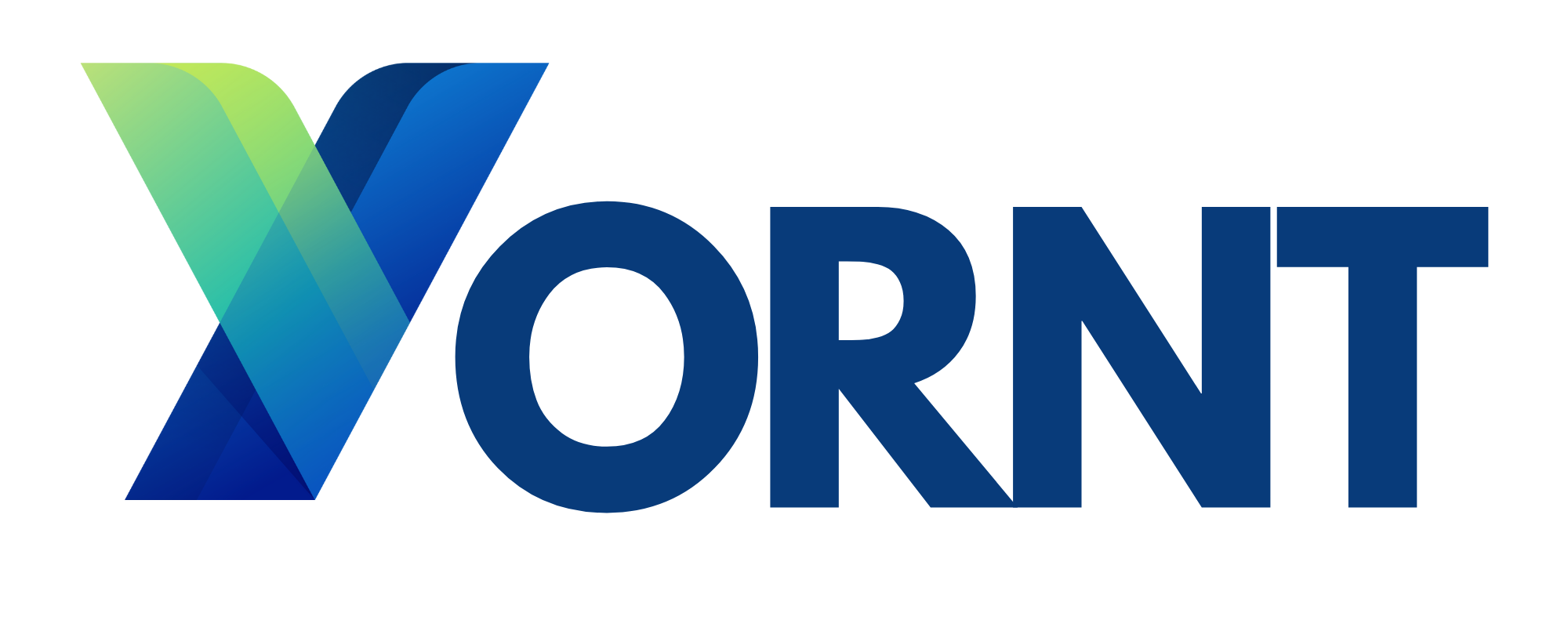Remote Work Revolution: How VR Spaces Are Redefining the Workplace Experience

As remote work continues to gain popularity, companies are looking for innovative ways to maintain productivity and collaboration among geographically dispersed teams. Virtual Reality (VR) is emerging as a powerful tool in this shift, offering virtual spaces that mimic real-world office environments, allowing employees to work together as though they are physically present in the same room. The use of VR in the workplace is transforming the remote work experience by creating immersive, engaging spaces that encourage collaboration, creativity, and communication.

One of the key benefits of VR in the workplace is the ability to create virtual offices or meeting rooms where employees can gather to discuss projects, brainstorm ideas, or even socialize. Platforms like Spatial and Horizon Workrooms offer customizable virtual workspaces where team members can collaborate in real-time, using 3D avatars to represent themselves. These spaces are designed to simulate real-world environments, complete with virtual whiteboards, presentation tools, and the ability to share and manipulate 3D objects. This immersive experience helps reduce the sense of isolation that can come with remote work, making employees feel more connected to their colleagues and more engaged with their work.

Additionally, VR is enhancing remote training and onboarding processes, allowing new employees to be trained in a virtual environment that closely resembles their actual workplace. This not only makes the transition into a new role smoother but also allows companies to scale their training programs without the need for physical resources. Employees can practice tasks, learn new skills, and gain experience in a risk-free, virtual environment, which can be especially beneficial in industries that require hands-on experience.

For creative teams, VR offers a new level of collaboration. Architects, designers, and engineers can work together on projects in virtual environments, manipulating 3D models and experimenting with design concepts in real-time. This level of collaboration can significantly reduce the time it takes to bring a project from concept to completion, as teams can make adjustments on the fly without the need for multiple iterations or physical prototypes.

As more companies adopt VR for remote work, the technology is likely to play a pivotal role in shaping the future of the workplace. With its ability to create immersive, engaging environments that encourage collaboration and creativity, VR is redefining what it means to work remotely, offering a more dynamic, flexible, and productive experience for employees across industries.
